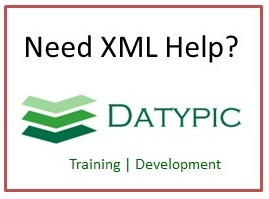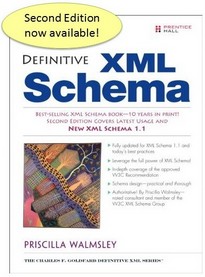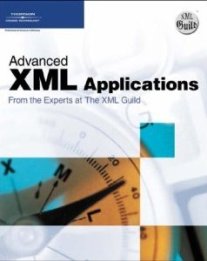amend-num
This is a sequentially assigned number to indicate the order in which amendments have been offered. This element is contained with the amendment-form element.
Element information
Namespace: None
Schema document: C:/aaprojects/schemacentral/inputs/gpo-amend/amend.xsd
Type: Anonymous
Properties: Global, Qualified
Content
- Any text (mixed) content, intermingled with:
- Choice [0..*]
- marker [0..1]The marker exists wherever #PCDATA is allowed. It is used at the developers discretion.
- added-phraseNewly added or inserted material. This material is usually shown in italic. There are two ways material may be marked as new or deleted. If an entire structure such as a <title> or <section> has been added or deleted, the changed attribute on the structure could be set to “added” or “deleted.” If only a small portion of a structure has been added or deleted, perhaps a few words or a single letter, the <added-phrase> and <deleted-phrase> elements are used to mark those small additions and deletions. Note: This is not the element to be used in an amendment to insert text. This is the element used in a bill or resolution to indicate that text has been added. In an amendment, the text to be inserted is contained within a <text-to-insert> element.
- deleted-phraseWords or phrases which have been stricken or which show strike-through. Material that has been deleted from a bill or resolution is printed and displayed as typographically distinct, to indicate that it has been removed. In current measures, this material is usually shown with a line through it as to indicate that it has been stricken. There are two ways material may be marked as new or deleted. If an entire structure such as a <title> or <section> has been added or deleted, the changed attribute on the structure could be set to “added” or “deleted.” If only a small portion of a structure has been added or deleted, perhaps a few words or a single letter, the <added-phrase> and <deleted-phrase> elements are used to mark those small additions and deletions. Note: This is not the element used in an amendment to strike text. This is the element used in a bill or resolution to indicate text that has been stricken. The instructions in an amendment to indicate that text is to be stricken are marked with the <text-to-strike-out> element.
- internal-xrefPointer, or cross reference, to another portion of the current document.
- external-xrefPointer, or cross reference, to material outside the document.
- fractionA fraction expression that displays or prints inline with regular text (e.g., 2/5).
- superscriptElement to contain superscripted character string.
- subscriptElement to contain subscripted character string.
- italicWords displayed in italic for emphasis or to indicate a book title or ship name or other purposes primarily within text or header elements. Note: This is not used to indicate inserted, instead the added-phrase element is used to indicate inserted text.
- quoteWords displayed in quotation marks for emphasis or to indicate a speech or other purposes primarily within text or header elements. This represents the inline quote element.
- inline-commentAn inline-comment element defines an inline-comment from the author. This element is not displayed on output.
- act-nameContainer within the phrase-level entity that allows an act-name (ex. Civil Rights Act of 1964) to be tagged within the text element.
- formulaContainer for a graphic element representing a scientific or mathematical equation.
- termA word or phrase referencing a definition elsewhere in the document usually in the same text area.
- omitted-textUsed to indicate that a span of copy is not present in the document. This element may be used to tag a few missing characters (horizontal missing text) or any number of missing lines (vertical missing text). Use of this element will result in a line of “stars” (asterisks) being printed or displayed where copy is missing. This line typically consists of three or seven “stars” (asterisks). The Ramseyer portion of Committee Reports also uses three and seven “stars” (asterisks).
- linebreakUsed to force a newline in the output. Should be used very rarely.
- nobreakUsed to hold text together in the output. Primary use is in table cells. Should be used very rarely.
- pagebreakUsed to force a new page in the output. Should be used very rarely.
from group pcd-modelfrom group phrase-levelfrom subst. group revisionsfrom subst. group refs
Attributes
| Name | Occ | Type | Description | Notes |
|---|---|---|---|---|
| display | [0..1] | Anonymous | Determines if the element is visible or not. | Default value is "yes". |
Used in
- Anonymous type of element amendment-form via reference to amendment-form-model
- Group amendment-form-model


